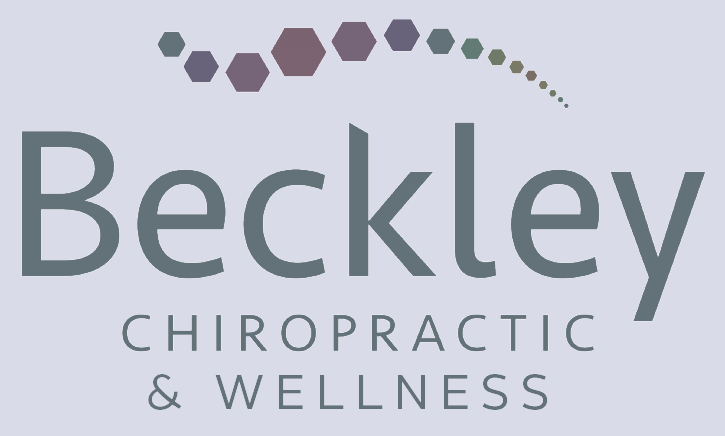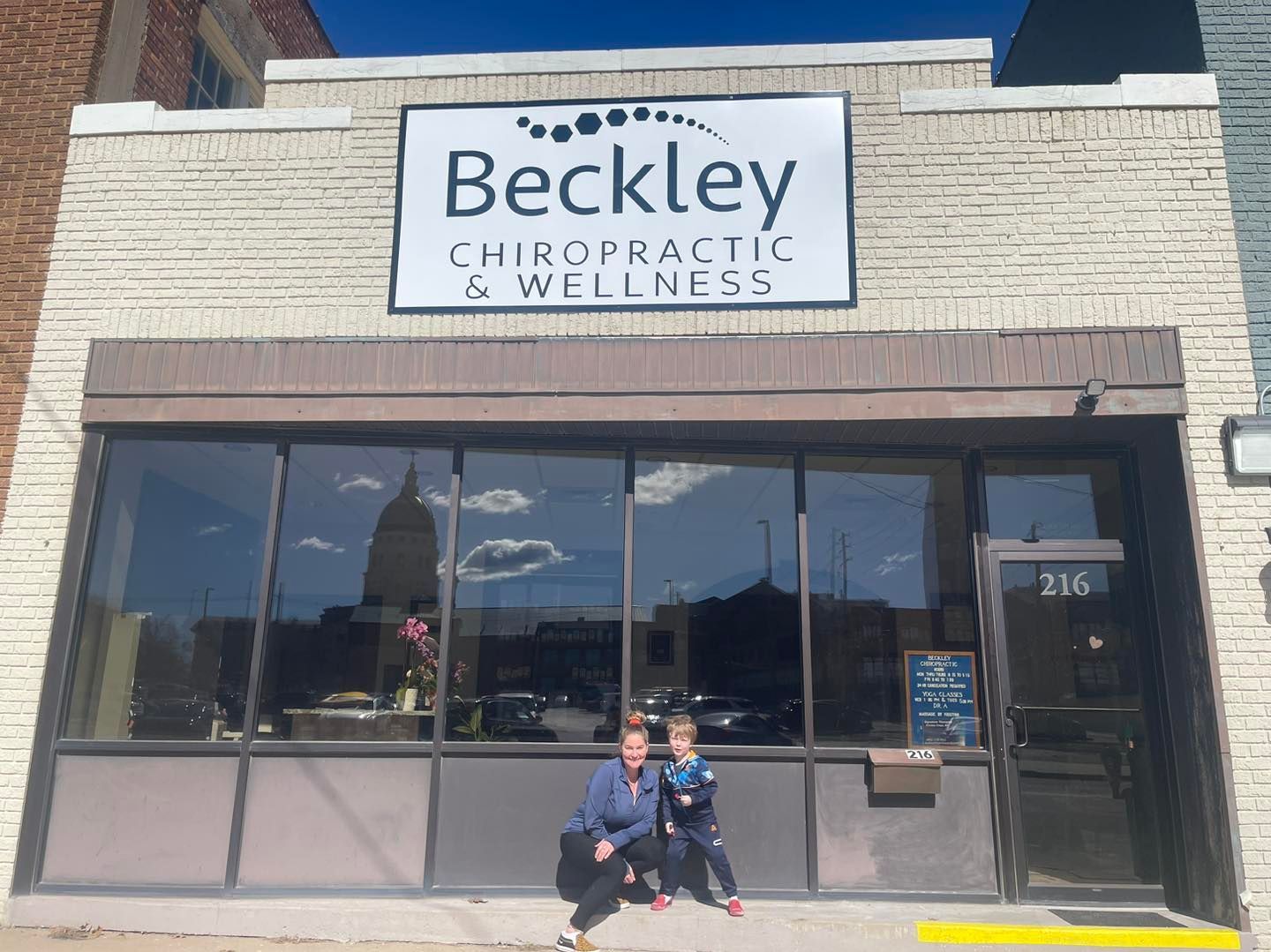Spinal Decompression Therapy
What is Spinal Decompression Therapy?
Spinal Decompression therapy is a safe & drug free treatment method for patients who suffer from chronic neck & back pain caused by disc problems & other spinal related conditions. Decompression treatment gently stretches the spine through repetitive movements, using a special decompression table. As the table pulls & releases, a negative pressure change is created. This change takes pressure off the spinal discs, which are gel-like cushions between the bones of your spine. As a result, bulging or herniated discs may retract, taking pressure off nerves & other structures in your spine. This in turn, helps promote movement of water, oxygen, & nutrient-rich fluids into the disc. Rehydration of the disc & surrounding tissues & joints creates a physiological change which decreases pain levels & assists the body’s natural healing process.
Spinal decompression therapy is also referred to as non-surgical decompression therapy, since it is often used as a safe, affordable, & extremely effective alternative to spinal surgery. The distinction between surgical & non-surgical spinal decompression is an important one, as surgical spinal procedures are often considered a last option, while spinal decompression therapy is a safe treatment at any stage of back pain.
What is a Decompression Table?
Spinal decompression tables use computerized technology to create negative pressure in the spine. A decompression table has two parts which move independently of one another. During setup, a technician chooses a decompression program that is best suited to the patient’s needs. The right program for an individual will depend on that person’s diagnosis as well as how they have responded to previous treatments.
During a session, the patient is strapped onto the table using a pelvic harness. For lumbar decompression, the lower portion of the body will move to gently stretch & relax the spine based on computerized algorithms designed to maximize the stretch & minimize the body’s resistance to that stretch. For decompression of cervical herniated discs, the upper portion of the body will move.
Does Decompression Therapy Work?
As with any medical treatment, results for spinal decompression therapy will vary depending on the patient. Patients do not tend to feel a tremendous amount of relief after the first treatment. After several spinal decompression sessions, relief should be apparent. In some cases, patients may need to complete their entire treatment plan before they feel complete relief from their symptoms.
A recent low-back pain study found that patients with chronic pain experienced relief from spinal decompression therapy in as little as eight weeks. It is important to note that 80% of the patients in this particular study had been experiencing symptoms for more than 6 months & had tried at least two other interventions to relieve their pain before turning to a spinal decompression table.
Beckley Chiropractic & Wellness is happy to be able to offer spinal decompression therapy at our clinic. If you think that decompression therapy may be beneficial to you, Dr. Beckley is happy to discuss the option & answer any questions or concerns you might have.










